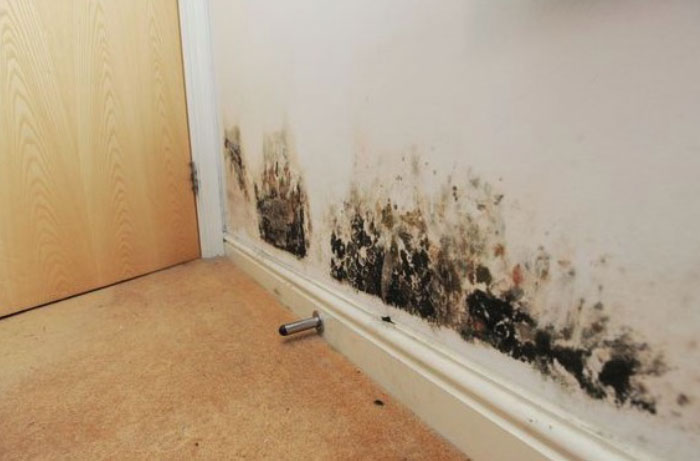Why is Ventilation Important?
Developers are working hard to make their developments more energy efficient by making them more insulated and air-tight. It's also essential to ensure that the property has adequate ventilation and that this ventilation is working correctly.
The 'average' family home of 5 people produces approximately 6 litres of moisture per day – equivalent to the picture below.

All this moisture is harmless when contained. However, in a house the air acts like a moisture sponge and is looking for a cold surface to wring itself out – condensation. This leads to problems:

How is all this moisture produced?
- Breathing
- Bathing /washing
- Cleaning
- Cooking
- Drying clothes indoors
- Perspiration
Health Issue - Mould
This will result in damp living conditions and will result in mould.
Health Issue - Asthma
Mould also has an unseen issue. The pesky common household dust mite lives in humid environments, and its faeces grow a fungus in moist conditions. This fungus is the prime cause of asthma.
Other Pollutants
Ventilation also helps remove other common household problems such as:
- Carbon Monoxide
- Carbon Dioxide
- Volatile organic compounds , which are common in a range of products, including household cleaners, air fresheners & deodorants
- Odours
Vent Testing – Building Regulations Part F
Part F of the Building Regulations now requires that extractor fans, such as intermittent extractors used in our kitchens and bathrooms, and Mechanical Ventilation and Heat Recovery Units are tested. Developers need to show that any newly installed vents are working correctly and meeting the minimum targets. These test results, once submitted to Building Control, are part of the Completion documentation. Testing must be completed using calibrated equipment and by engineers who are suitably qualified. Site Sound engineers are independently certified as Technically Competent.
Common Pitfalls
50% Failure Rate: Currently, around 50% of sites fail to meet the minimum requirements. Simply purchasing a fan that the manufacture states can achieve the minimum target is not enough. These published results would have been achieved in ideal conditions, know as ‘free air’ with no resistance they are not 'real-world environments.'
Ducting:
Air resistance drastically reduces the efficiency of the fan. Long ducting runs, flexible ducting, multiple bends, crushed ducting are the primary issues. E.g. for axial fans, the maximum flexible ducting length should be no more than 1.5m.
We have created a simple single page 'Do's and Don'ts' document that guides clients how to pass. Click Here* to receive a copy.
Top Tips
- Keep the use of flexible ducting to a minimum
- Reduce the number of bends in the ducting.
- Ensure your fan is sufficiently powerful once additional resistance has been factored in.
- Ensure a 10mm gap under the door with a finished floor, 20mm for an unfinished floor.
- Ensure the minimum required fan run on time is 15 minutes.
Ventilation Targets
(System 1 - Background ventilators with intermittent extractors).
- Kitchen adjacent to hob 30 l/s
- Kitchen not adjacent to hob 60 l/s
- Utility 30 l/s
- Bathroom 15 l/s
- Sanitary 6 l/s
Save Money - Combined Testing Service
Site Sound can complete these tests at the same time as sound and/or air tightness tests, which will save you money.



